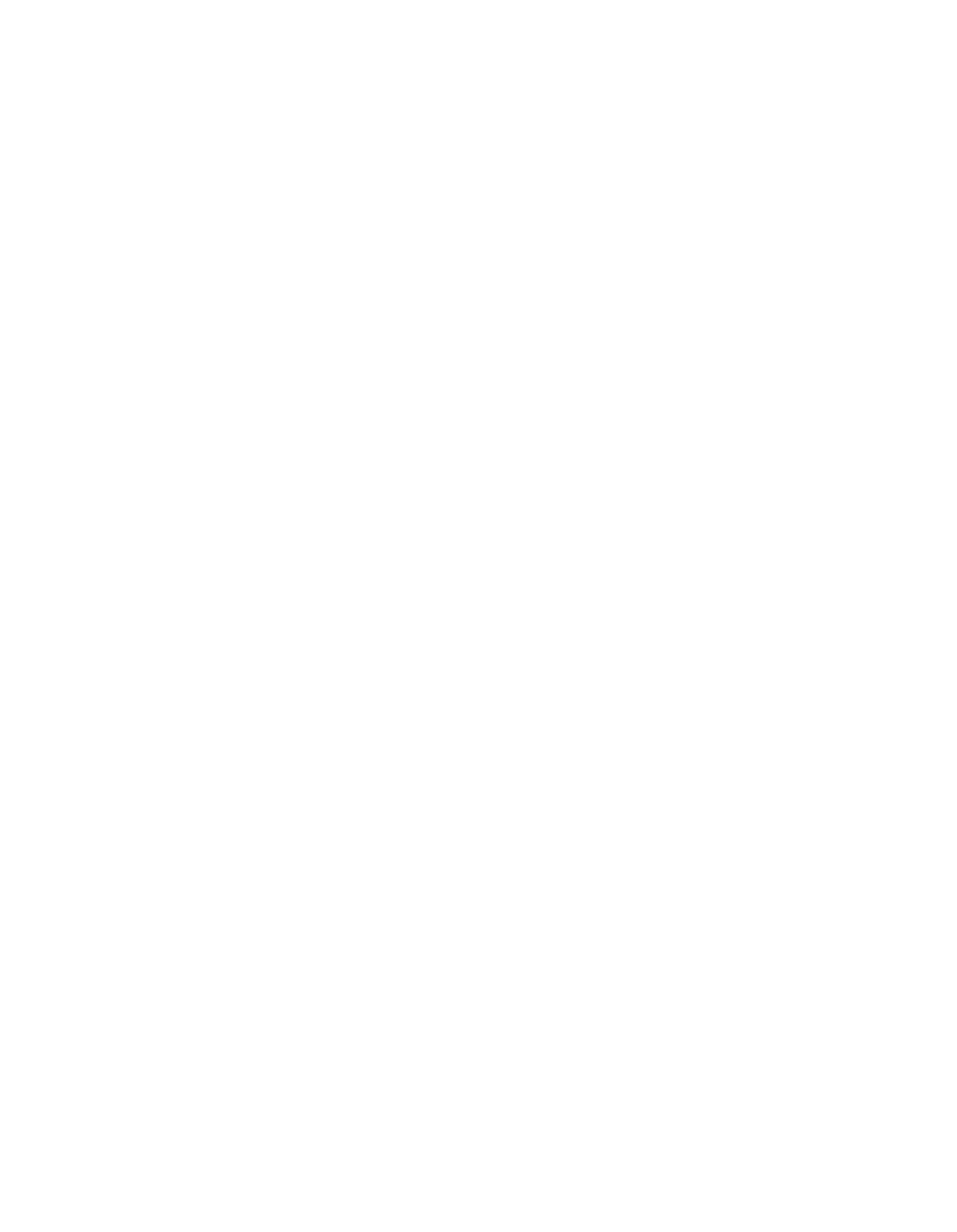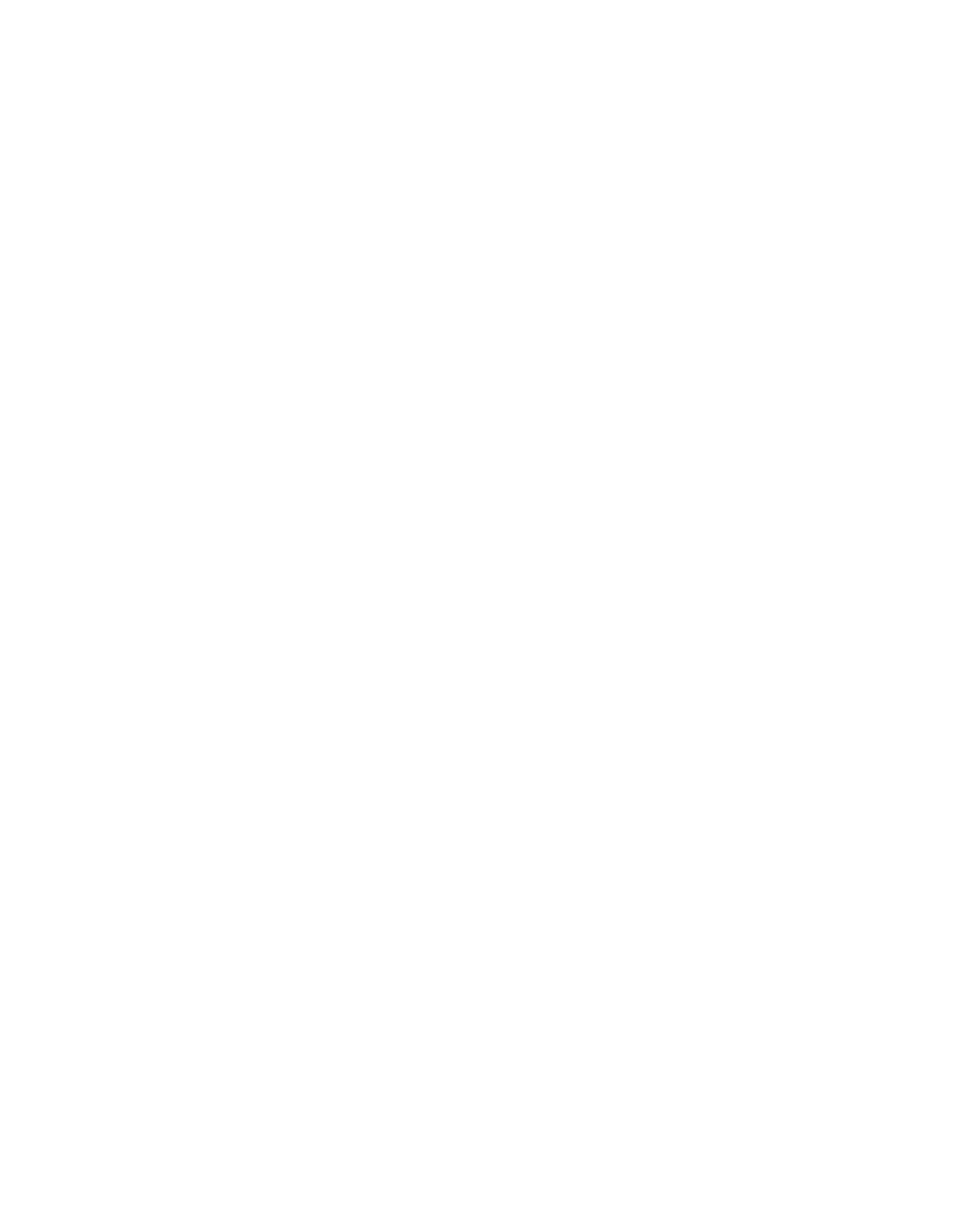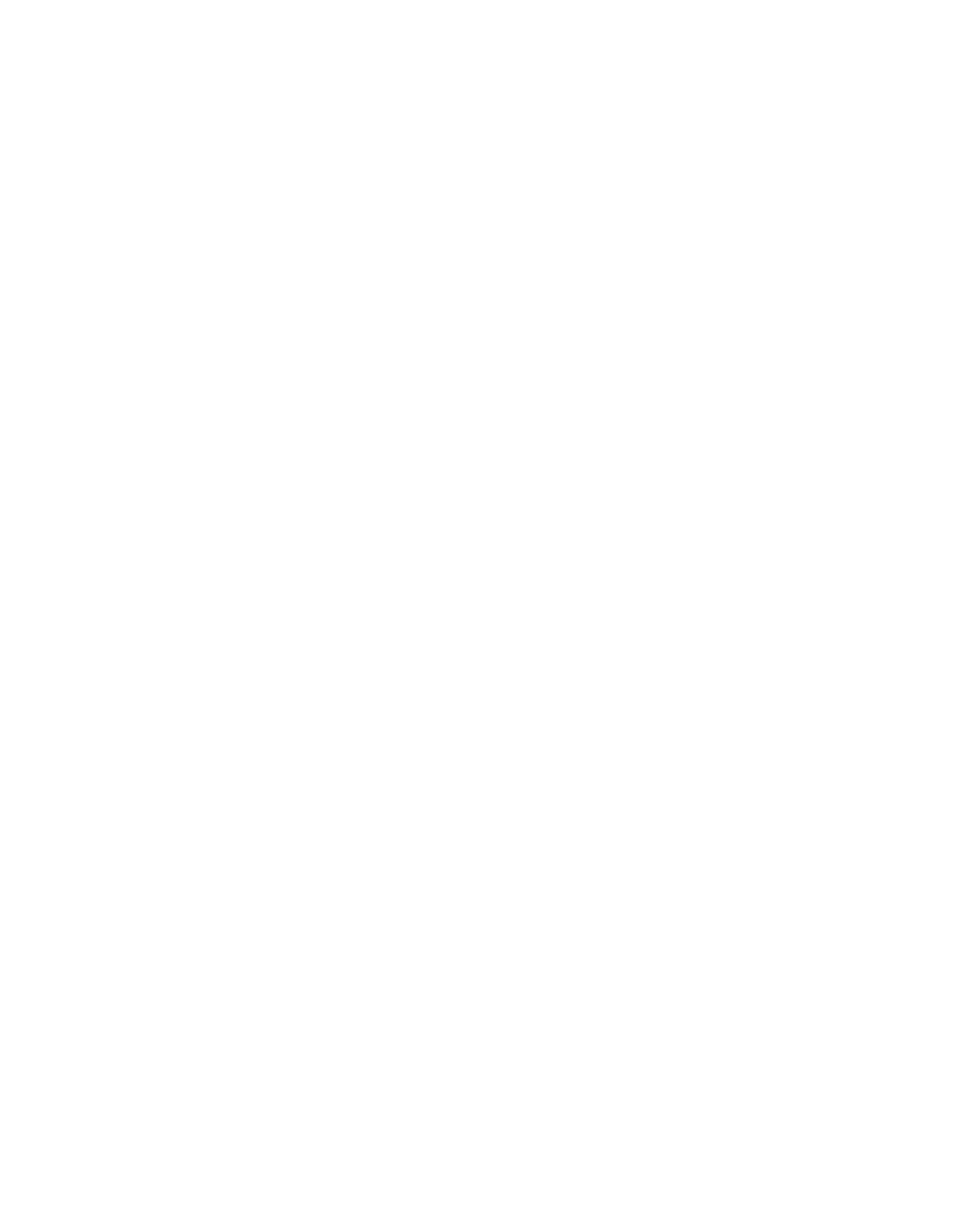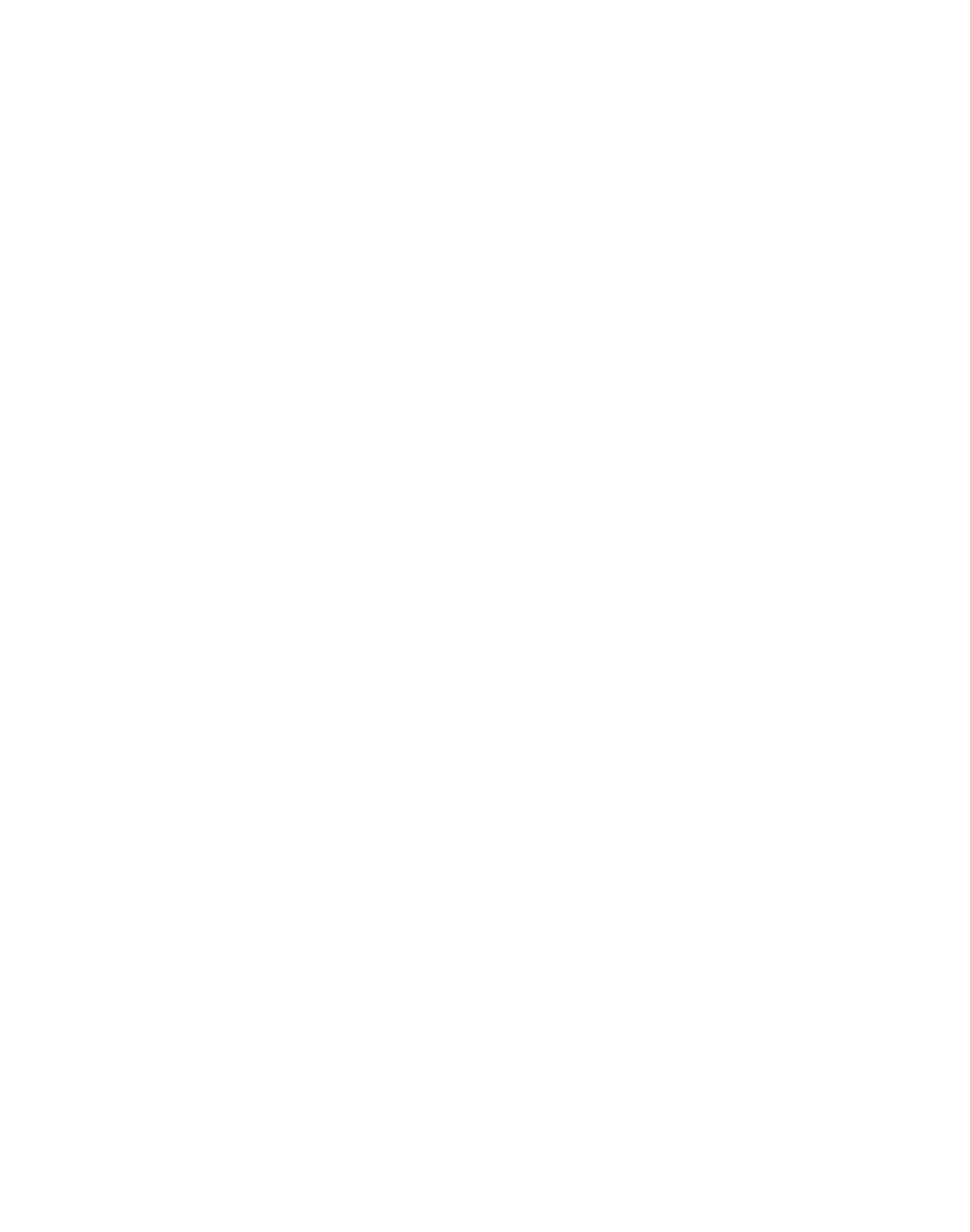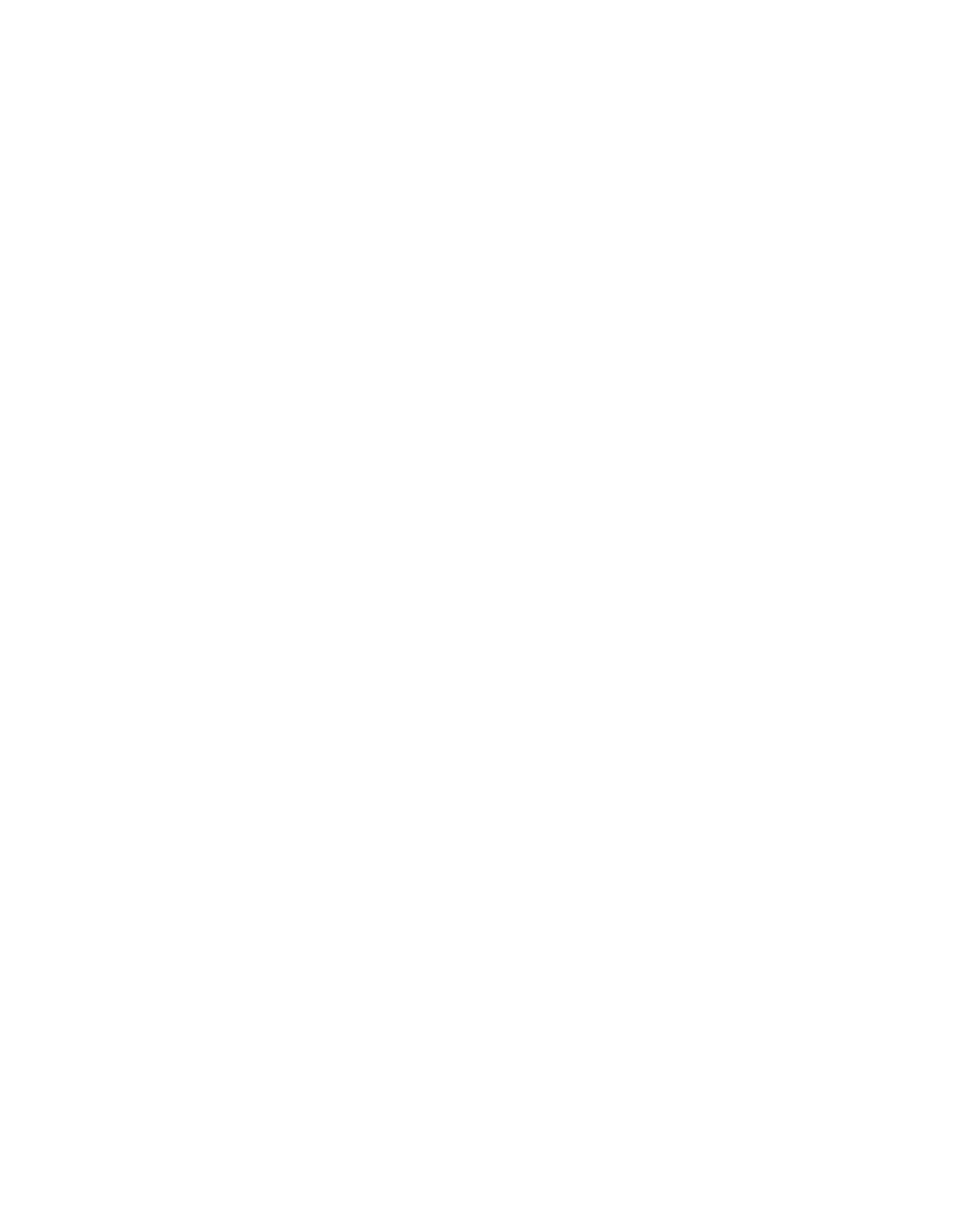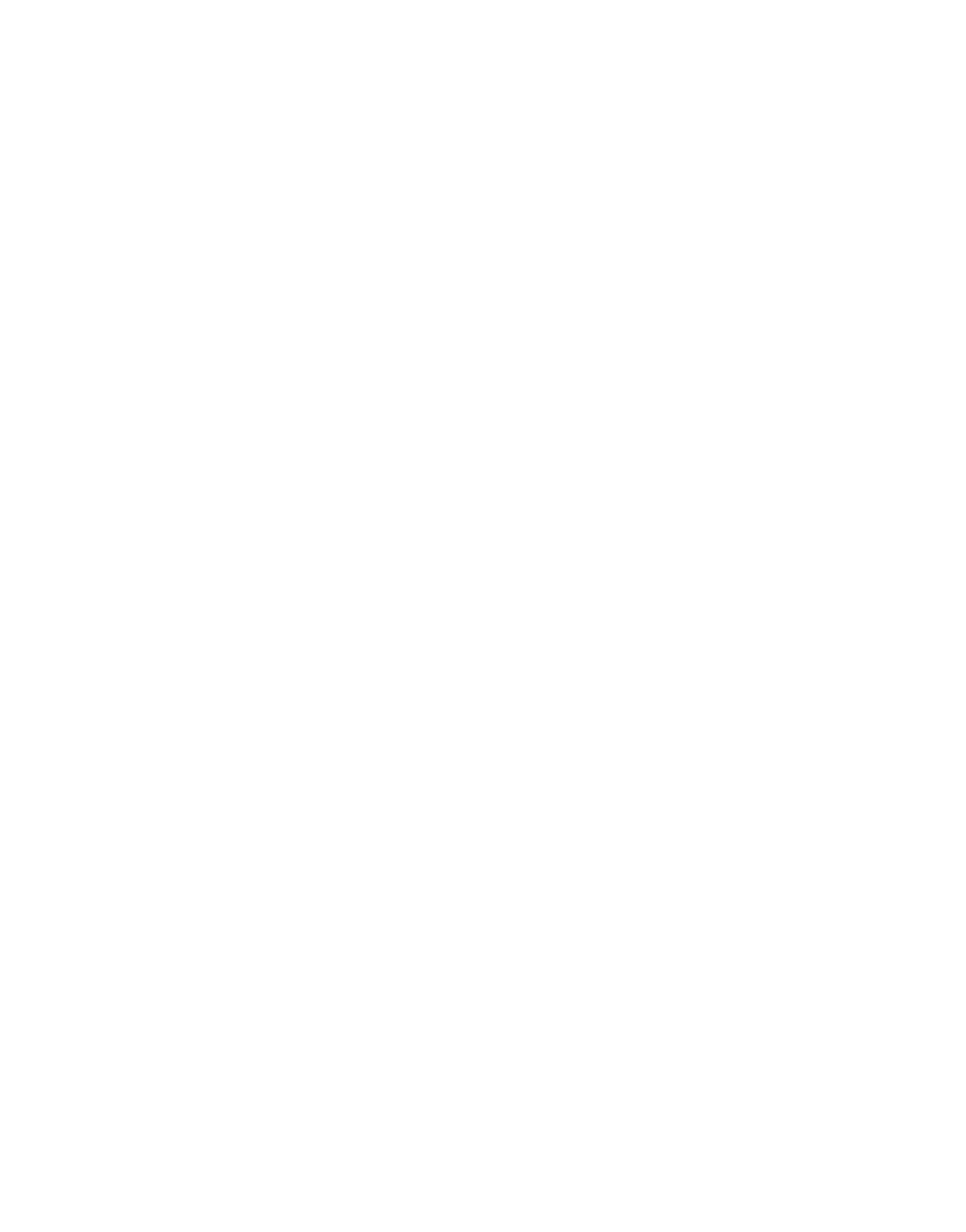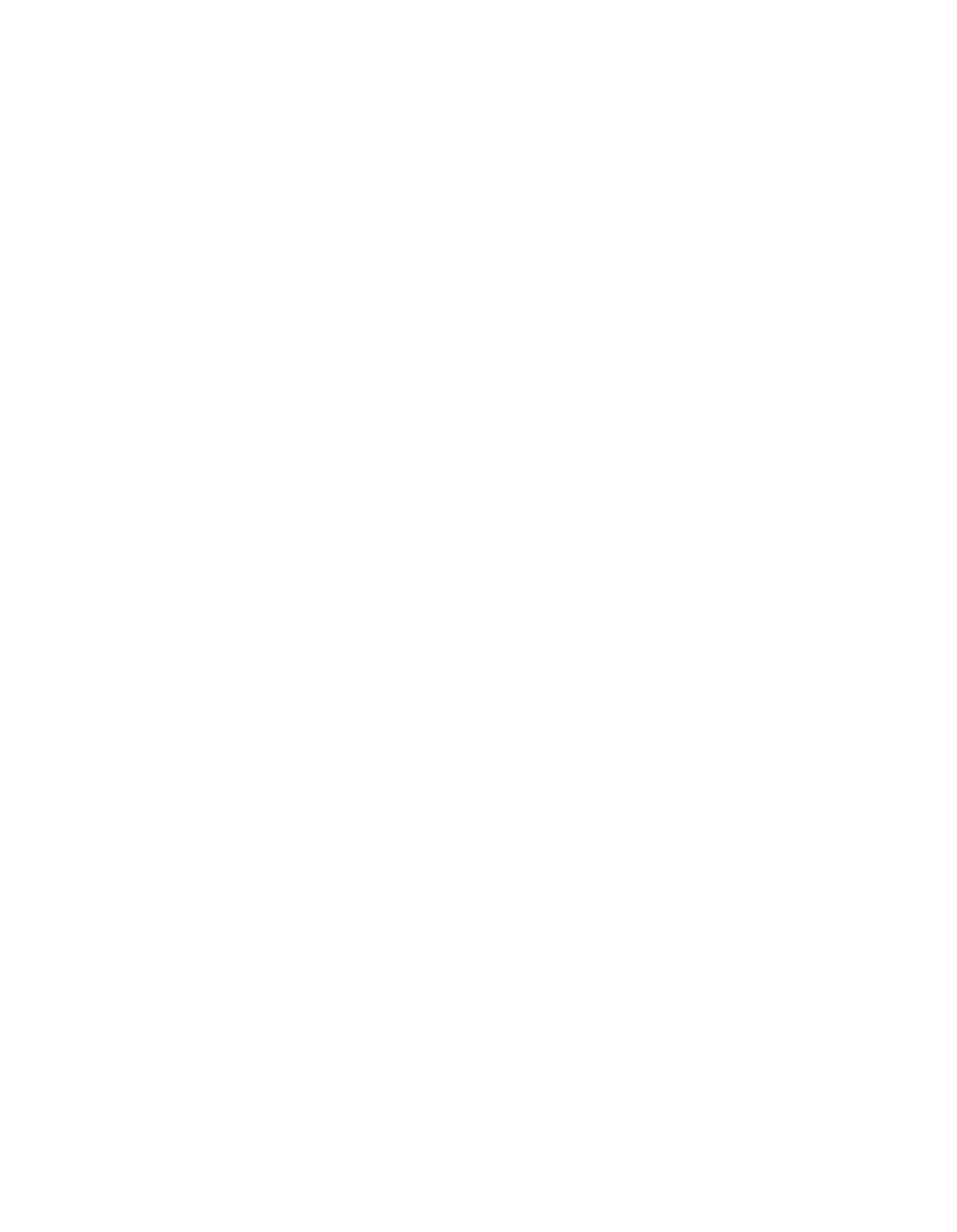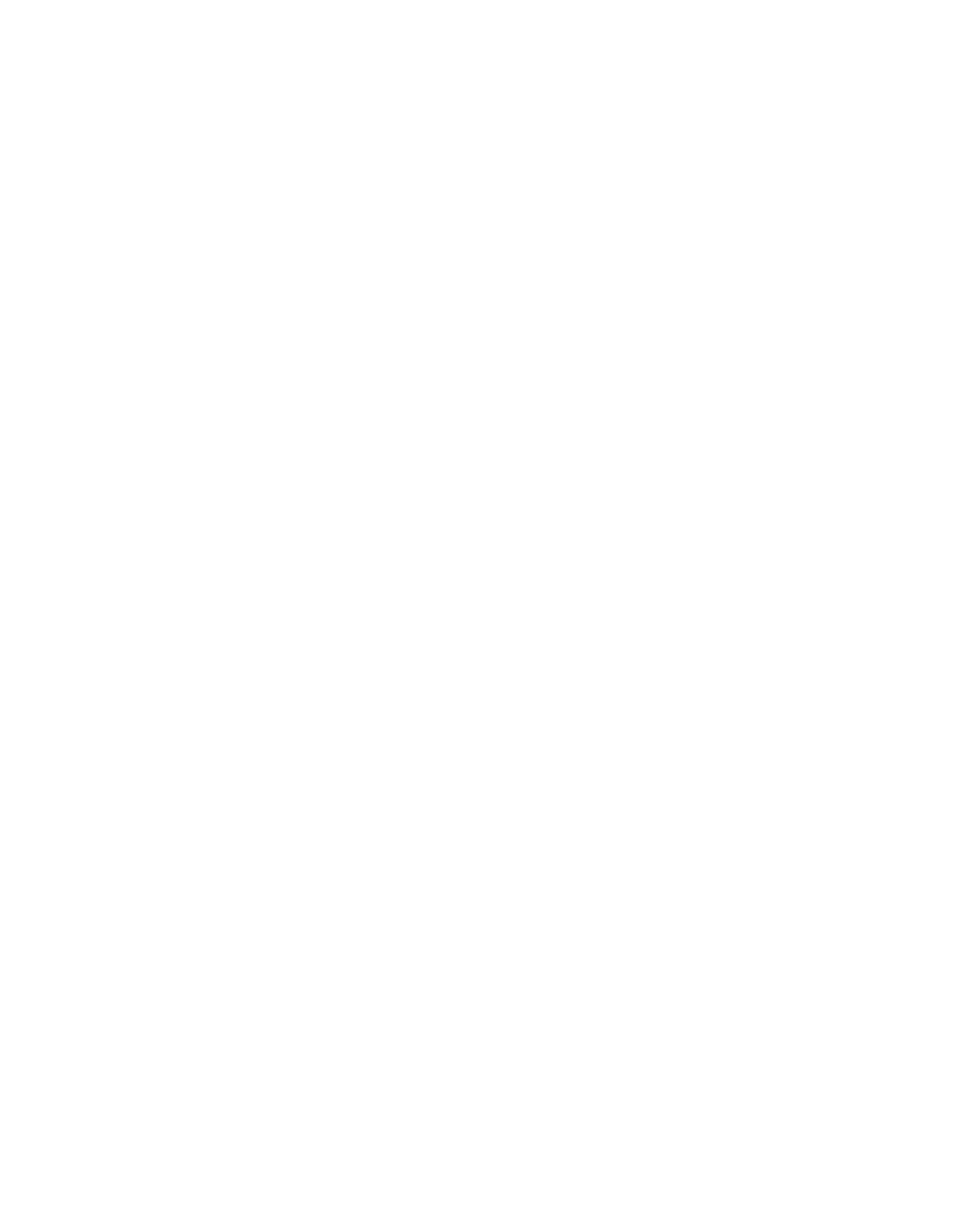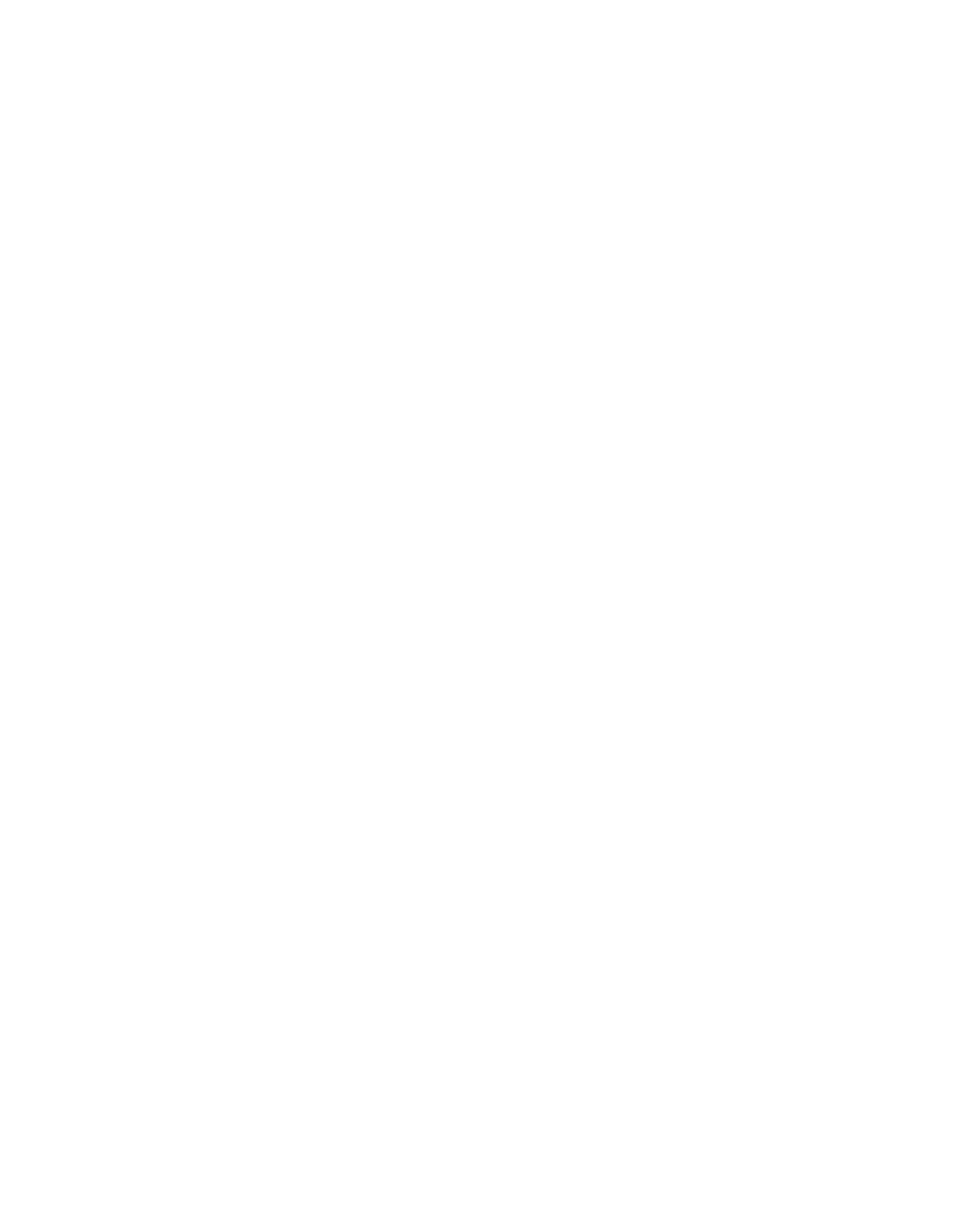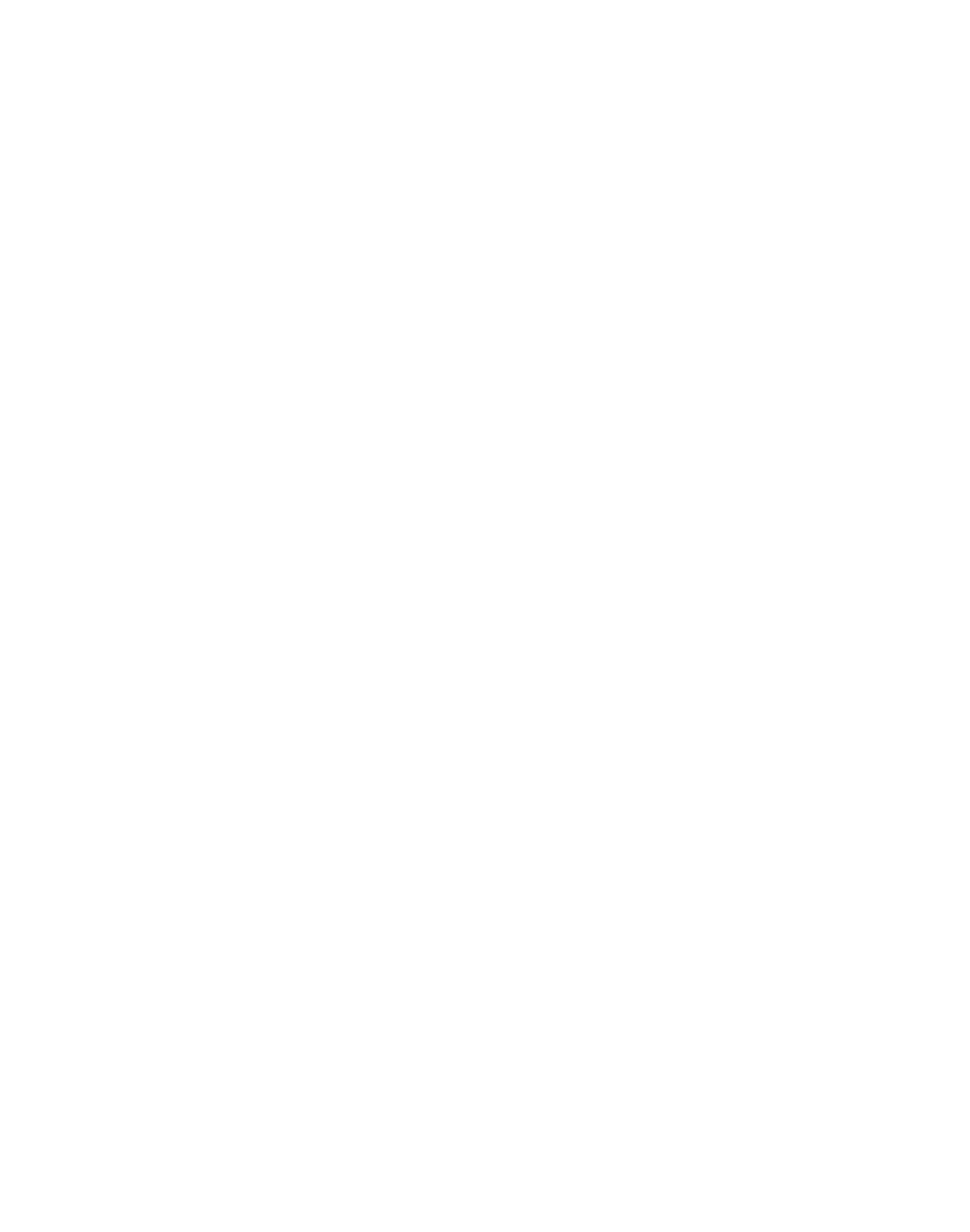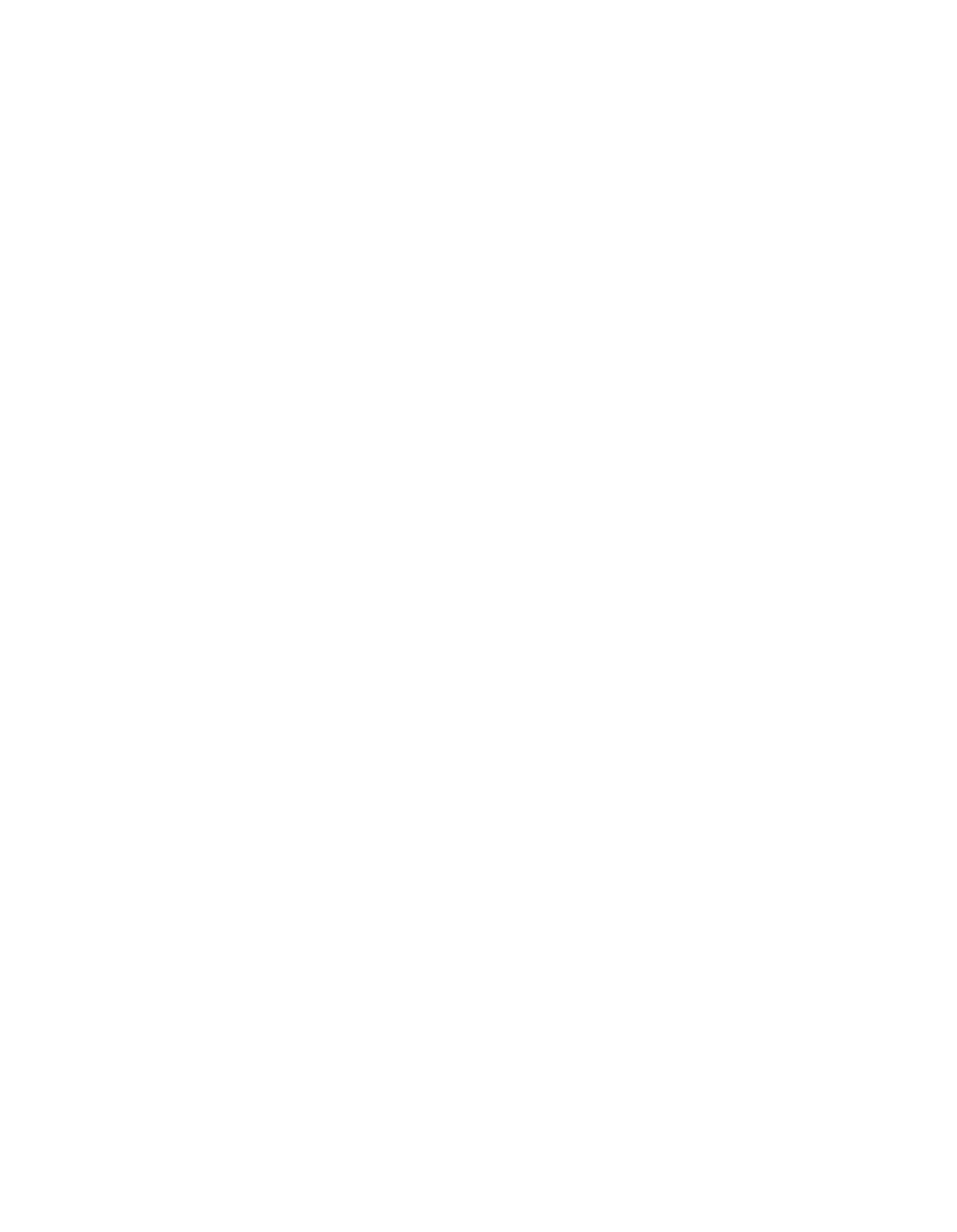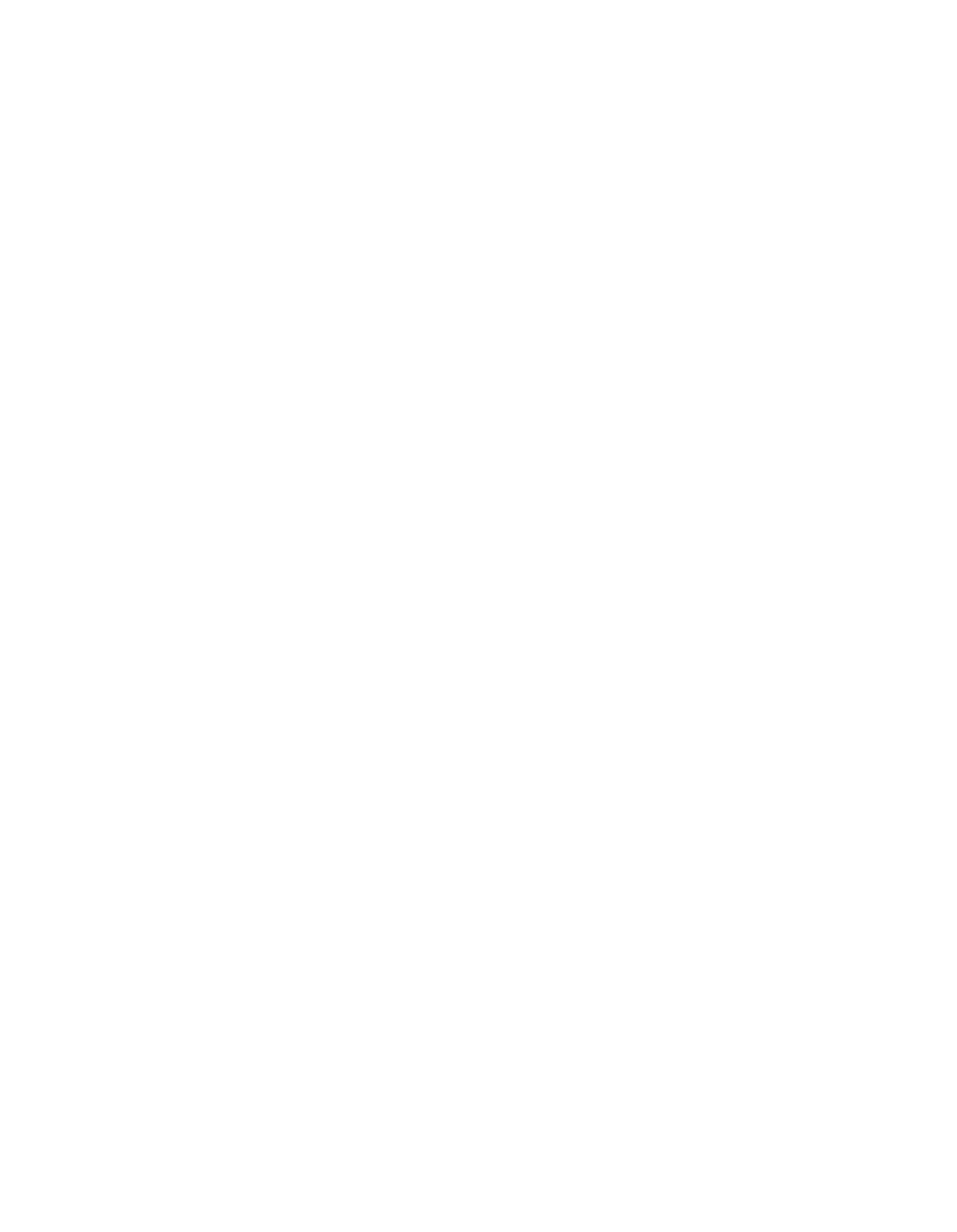ILLINOIS POLLUTION CONTROL BOARD
September 11, 1986
FRITZ ENTERPRISES,
INC.,
)
Petitioner,
)
vs.
)
PCB 86—76
)
ILLINOIS ENVIRONMENTAL
)
PROTECTION AGENCY,
)
Respondent.
ANDREW
H.
PERELLIS AND DIXIE
L. LASWELL
GESSLER,
WEXLER,
FLYNN,
LASWELL AND FLEISCHMANN,
LTD.
APPEARED ON BEHALF OF PETITIONER,
AND
JAMES ARCHIER,
ASSISTANT ATTORENY GENERAL, AND JOSEPH PODLEWSKI
APPEARED ON BEHALF OF RESPONDENT.
OPINION OF THE BOARD
(by J. Anderson):
This Opinion supports the Order adopted by the Board on
August
28, 1986 reversing the denial of the air operating permit
here at issue.
This matter comes before the Board upon
a May 23,
1986,
permit appeal
filed by Fritz Enterprises,
Inc.
(Fritz).
Fritz
requests that the Board reverse the May
8, 1986, decision of the
Illinois Environmental Protection Agency (Agency)
denying Fritz’s
application
for
renewal
of
an operating permit for its Newell
automobile shredder.
Hearings were held on July 23 and 24,
1986
at which testimony and exhibits were presented.
Members of the
public were also present.
Briefs were
filed by the parties on
August 11, 1986.
The Facility
Fritz owns and operates
a scrap metal yard
in Riverdale,
Illinois.
As part of
its business, Fritz operates an automobile
shredder which is capable of shredding used automobiles and
purchased scrap metal products such as appliances.
Initially,
purchased scrap iron and automobiles are inspected to insure that
explosive materials are removed.
Large cranes then wove the
material onto the feed conveyor which conveys the material
to the
feed roll.
The feed roll crushes the material and feeds it into
the shredder mill which contains a series of hammers which pulls,
sheers, beats and grinds
the material
up.
The material
is then
conveyed via a chute
to various air cleaning systems and finally
to a magnetic separator which separates out unwanted portions of
72.296
—2—
the material, such as ground—up tires
and insulation.
The
resulting scrap
is then conveyed
to
a stockpile.
(R.
p.
42—43,
225—226)
The shredder operates in conjunction with
an air pollution
control
system which consists of
a dry scrubbing and wet
scrubbing
system.
(R.
p.
45).
The air system cleans
the
shredded material
at various points throughout the process and
vents this effluent to the dry scrubbing system
in which the
large particles dropout.
The effluent
is transported
to the wet
scrubbing system which cleans out other residual particulate
matter.
The effluent is then exhausted
to the atmosphere through
an inverted stack which resembles an upside down letter
WJ~I
with
an outlet approximately 25 feet above
the ground.
(R.
p.
45—46,
266;
also see Pet. Ex.
5,6,7).
Fritz has also implemented
a program designed
to control
fugitive emissions from its facility.
Water sprays have been
installed within
the shredder mill
to control dust from various
conveyor belts and conveyor transfer
points, and belts have been
routed
to discharge into chutes or
enclosed bins
to further
minimize flying debris.
(R.
p.
72—73).
Evidentiary Issues
While
the permit chronology
is set forth
in more detail
later
in this Opinion,
a brief summary
is necessary prior
to
discussion of the evidentiary disputes.
In the summer
of 1984,
Fritz submitted a permit renewal
application
to
the Agency.
In March,
1985, the Agency notified
Fritz that it was deferring action on the renewal application
pending
receipt of additional
information
(R.
p. 47).
This
information was received by the Agency
in February, 1986 and
included an updated renewal application reflecting certain
modifications
to the shredder operations and an operating program
to reduce fugitive emissions
at the entire
Fritz facility.
In
addition,
a stack test was performed to measure the mass emission
levels from the
shredder
in July,
1985
arid the Agency conducted
an on—site investigation on May
6,
1986 at which an opacity
reading was taken
of emissions from Fritz’
stack.
On May
8, 1986 the Agency notified Fritz that, based on its
review of the permit application, the permit was being denied
because Section
9 of the Environmental Protection Act and 35
Ill.
Adm. Code 212.123 and 212.301 might be violated.
The following
reasons were specified
for the denial:
1.
During an Agency inspection on May 6, 1986 emissions
from the shredder control system were observed
to exceed
30 percent opacity for more than
8 minutes
in
a 60
72-297
—3—
minute period
and also exceeded
60 percent opacity.
This opacity level
is
in violation of
Section 212.123.
2.
During
the Agency inspection of May 6,
1986 fugitive
particulate matter emissions were observed
from various
transfer points
in the operation.
Water
sprays
for
control of particulate emissions indicated
in the permit
application were not evident
to the Agency inspectors.
As stated by the First District Appellate in IEPA v. PCB and
Album,
Inc.,
118 Ill. App.3d 772,
455 N.E.
2d 188,
194,
(1983),
when reviewing the denial
of air construction and operating
permits:
“The
sole
question
before
the
Board
in
a
review
of
the Agency’s
denial
of
a
permit
is
whether
the
petitioner
can
prove
that
its
permit
application
as
submitted
to
the
Agencj’
establishes that the facility will not cause
a
violation
of
the
Act.. .The
Board
may
not
be
persuaded
by
new
material
not
before
the
Agency
that
the
permit
should
be
granted.”
(Emphasis in original, citations omitted.)
Both Fritz and the Agency argue that certain testimony and
exhibits proffered
at hearing cannot properly be considered by
the Board consistent with this constraint.
At the Board hearing, Fritz presented the testimony of two
witnesses.
The first witness was Fritz’
environmental
consultant, Mary Jo Williams,
M.
J. Williams and Associates.
Ms.
Williams prepared Fritz’
permit applications and was present both
at the July,
1985 mass emission stack test and at the May 6,
1986
Agency inspection
at which
the opacity reading was taken.
The
other witness was Edward Petersen,
a test engineer and certified
smoke
reader with the environmental testing and consulting firm,
Mostardi and Platt.
Mr. Petersen visited the Fritz facility
once,
on June 16, 1986,
and presented testimony and exhibits
concerning
the USEPA—approved method
of taking opacity readings
generally (Pet.
Exh.
3—4), and specifically as applied
to the
configuration of Fritz’
inverted
stack on June
16,
1986
(Pet.
Exh.
5,6,7—photos).
(Notes taken by Mr.
Petersen during this
visit were entered by the Agency as Res.
Exh. 1).
The Agency presented
the testimony of three witnesses,
all
Agency employees.
Wayne Motney, the permit analyst who made the
determination
to deny the Fritz permit,
testified as
to the
information on which he based
the denial,
including memoranda and
inspection reports prepared by other Agency employees.
Cezary
Krzymowski,
an Agency engineer and certified smoke
reader who
took the May 6,
1986 opacity reading, presented testimony
concerning his observations that day.
Over objection, and by way
72-298
—4—
of offer
of proof,
Mr. Krzymowski
also presented conclusions
derived from his review of, and calculations concerning, the
July,
1985 mass emissions stack test data
(R.
p.
250—252.)
Edward Osowski, environmental protection specialist, who was
present
at the May 6, 1986
inspection with
Mr. Krzymowski,
testified concerning his observations that day
arid the memorandum
he authored concerning
that inspection.
First, the Agency moved
to strike
all
the testimony and
exhibits produced
by Fritz’s expert witness, Mr.
Edward
Petersen.
The Agency argues that the testimony and exhibits
presented were based
on observations taken after
the date of the
permit decision.
The Agency cites Land and Lakes Company v.
Illinois Environmental Protection Agency and White Fence
Farm,
Inc.,
47 ?CB 019, May 13,
1982,
for the proposition that an
applicant may not introduce material not
in the Agency’s record
unless
to challenge
the completeness of the
record as
filed.
The
Agency contends, therefore,
that since the testimony of Fritz’
expert
is clearly outside the Agency’s record,
that
it should not
be considered
by the Board.
(Ag. Brief p.
10)..
While
the Petersen testimony and exhibits are not among
those materials which the Agency has certified as its record,
the
Board
is persuaded by Fritz’
arguments, whose thrust
is that the
record
is not complete within the meaning of White Fence.
In
that decision, the Board
noted
that
(in addition
to the
application,
the correspondence with the applicant,
and the
denial)
the
“record
is also
to include any facts material and
relevant
to the Agency’s decision, which existed at the time of
the decision” 47 PCB at
p.
20.
Needless
to say,
the methodology
to be employed in taking opacity readings,
as well
as the
physical configuration of Fritz’
shredder
operation and stack,
were within the Agency’s institutional knowledge at the time of
permit denial;
the testimony of Mr.
Krzymowski
is that both were
taken
into account when he made the opacity reading whose
validity Fritz disputes.
While
Mr.
Petersen’s observations were
made,
and photos of the site were taken, after the date of the
permit denial, the Agency did not present evidence that either
the methodology or the
site configuration testified to by Mr.
Petersen had been modified since
the time of the May 6,
1986
inspection.
The Petersen testimony and exhibits provide, then,
a
more complete description for
the Board
of the context
in which
the disputed Agency opacity reading was taken.
The results of
any opacity readings taken on June
18 could not be considered
by
the Board
for proof of the proposition that,
regardless of any
non—compliance by Fritz on May 6,
that compliance had been
achieved by June 18 and that the permit should
issue:
this
is
the
type of error which.caused reversal
of the Board’s finding
in
Album.
However,
the Board
finds that
it may properly consider
the testimony of Fritz’ smoke reader concerning opacity reading
methods as applied
to Fritz facility, generally, when weighing
72-299
—5—
the testimony of the Agency’s employees concerning specific
readings taken on a specific day.
Therefore,
the Agency’s motion
to strike
is denied.
Fritz,
for
its part, moves to strike Respondent’s Exhibit
1,
which are Mr. Petersen’s notes concerning
his June 18
observations
(R.
p.
191).
This document was introduced
into
evidence by the Agency during
its cross—examination of Mr.
Petersen
for the purpose of impeaching Mr. Petersen’s statement
that
it is.”very difficult or impossible
to read visible
emissions from the Fritz shredder”
(R.
p.
170—171).
The portion
of the document the Agency believes is contrary to the statement
at hearing appears on the last page,
in which Mr. Petersen has
made recommendations as
to how to properly read emissions from
the Fritz stack
(R.
183—184).
Fritz’
objections are that it was
improper
trial
technique
for
the Agency to enter
a document used
for impeachment
into evidence at all, but that it was
particularly improper
to do so during cross—examination of a
witness whom the Agency did not call
as
a direct witness;
that
the best evidence of Petersen’s testimony was the testimony
itself;
and that the document did not contain anything which the
witness had not independently testified
to and that
it was not
used
to refresh his recollection
(R.
p.
174—175,
187).
The Board
finds
that Fritz’ objections
are well—founded, and strikes this
exhibit
from the record.
In
so doing,
however, the Board notes
that the document’s admission was consistent with
35
Ill. Adm.
Code 103.204(a),
and that the Board considers any error
harmless
given the consistency of the document with Petersen’s testimony
and his explanation of the context
in which he made the
concluding recommendation.
Finally, the Agency seeks reversal of a Hearing Officer
ruling which barred
the testimony of Mr. Krzymowski relating
to
his evaluation of the stack
test data of July 18, 1985,
and moves
for admission of the testimony which was entered into the record
as an offer
of proof.
(See generally R.
p.
232—252 and esp. 250—
252.)
The Hearing Officer barred the testimony based on Rule
220(B)
of the Illinois Supreme Court which states
in pertinent
part:
“in
order
to
insure
a
fair
and
equitable
preparation
for
trial
by all parties,
the identity
of
an
expert
who
is
retained
to
render
an
opinion
at
trial on
behalf of
the
party must
be
disclosed
by
th~t party
either
within
90
days
after
the
substance of the expert opinion first becomes known
to
that party
or
his
counsel,
or
if
the substance
of
the expert’s opinion
is then known at the first
pre—trial
conference
in
the
case,
whichever
is
later.
.
.
Failure
to leave
the disclosure required
by
this
rule
or
to
comply
with
the
disclosure
72-300
—6—
contemplated herein will result
in disqualification
of the expert as a witness.”
The Hearing Officer found that to allow the Agency’s expert
testimony on the evaluation of the stack test data would result
in surprise and prejudice to Fritz and, therefore,
such testimony
was barred.
CR.
p.
249).
The Hearing Officer’s ruling barring Mr. Krzyznowski’s
testimony is reversed,
and the evidence is admitted.
The Board
looks
to the Rules of the Supreme Court for guidance, and often
will apply
a rule where reasonable
in light of the circumstances
under which
it is sought
to be applied.
However,
the Board does
not automatically apply such judicial rules where they are
incompatible with the requirements of the Environmental
Protection Act.
In this case,
there
are two such
incompatibilities.
First,
at all
times pertinent hereto, Section
40(a)(2)
of the Act required that a hearing be held and decision
be rendered by the Board within 90 days
of the filing of this
permit appeal,
upon penalty of issuance of the permit by
default.*
It
is accordingly not feasible for the Board
to apply
a 90 day expert identification rule
to a situation
in which
discovery hearing,
and decision must all
take place within 90
days.
Second,
the Board does not consider Mr. Krzymowski
to be an
“expert who
is retained
to render
an opinion at trial” within the
purpose
of the rule.
All Agency employees who have been involved
in the permit decisions
for
a particular
facility are “experts”
concerning some or
all of the Agency’s record.
Once they are
identified
as Agency witnesses prior
to hearing,
as was Mr.
Krzymowski
here, there should
be no “surprise”
that the employee
is presenting testimony in his field of expertise:
the Agency
record.
For these reasons,
the Board
finds that Supreme Court Rule
220(B)
should not be applied
in this case
to bar admission of Mr.
Erzymowski’s testimony.
The Board believes that any surprise or
prejudice that resulted
from such testimony was adequately cured
by cross—examination of the witness concerning
the offer of
proof.
The testimony appearing at R.
p.
250—251,
and 256—257
is
admitted.
Permit Chronology.
In March,
1985,
following Fritz’s application
for permit
renewal
in the summer of 1984,
the Agency requested that Fritz
submit additional information concerning modification
to the
*
P.A.
84—1320,
effective September
4,
1986,
amends the Act
to
require decision within 120 days of filing.
72.301
—7—
shredder and
an operating program
to reduce facility—wide
fugitive emissions.
The Agency’s regional office also advised
Fritz that an actual stack test to measure mass emissions from
the shredder would be necessary prior
to further action on the
permit.
Although Fritz asserted that its facility was not subject
to
the regulatory requirement
for
a fugitive emission operating
program,
it submitted such a program as
a “good—faith effort”,
and the Agency approved
it in January, 1986
(R.
49—51,
3.
Ex.
9).
In response
to
the mass emissions data request,
Fritz
utilized data from the equipment manufacturer and also, with the
Agency in attendance, conducted
an on—site test on July 18,
1985.
The average of three
runs were 6.2 lbs./hr., which was
well within
the allowable limit of 17.5 lbs./hr.,
and which
correlated well with the manufacturer’s anticipated efficiencies.
CR.
54—59,
3.
Ex.
9).
During
the tests,
the Agency observed
opacities exceeding 30
(J.
Ex.
10).
On February
3,
1986,
Fritz submitted the above
information
as well
as
a description of the shredder process
in
a
supplemental
renewal
application.
(J.
Ex.
9).
On March 27,
1986,
following an internal Agency review that
included
a finding
that the stack tests were satisfactory,
the
Agency informed Fritz’s
technical consultant,
Ms. Williams,
that
the permit application was complete
(R.
60,61
3.
Ex.
7,
Pet.
Ex.
2).
Ms. Williams also testified that Mr.
Motney of the Agency
told her that the Agency would further delay processing
until the
“enforcement action was further along”
apparently
referring
to
IEPA v. Fritz Enterprises,
Inc., PCB 86—7, filed 1—8—86.
(R.
62)
On April
2,
1986, the Agency notified Fritz that
it wished
to
inspect
its facility on the following day.
On April
3, 1986,
after
Fritz advised the Agency to make its request through legal
counsel because of the pending enforcement action, Edward Osowski
and another Agency inspector made
a “drive—by”, off—site
inspection of the Fritz facility.
Mr.
Osowski on that day in
a
memorandum recommended permit denial based on the drive—by
observation.
However,
Mr. Motney of
the Agency testified
that
this memorandum was not used as
a basis
for permit denial
because
it was not objective:
Mr. Osowski later could not definitively
state that
the emissions were excessive during the drive—by due
to
an incorrect sun angle.
However,
Mr. Motney also testified
that he did not reject
the recommendation, but rather discussed
the possibility of getting more definitive inforamtion.
(R.
205—
208,
3.
Ex.
5).
An on—site inspection subsequently was arranged on May 6,
1986.
Present were Mr. Osowski and Mr.
Krzyniowski of the Agency,
as well as Ms. Williams and other
Fritz representatives.
Ms.
72-302
—8—
Williams testified that Fritz was surprised when Mr.
Krzymowski,
who had not been present during the July 18, 1985 stack emissions
test, proceeded
to take opacity readings since
the Agency
a)
had
never expressed concern about opacity,
b)
had already observed
opacities
in excess of 30,
and
c)
the actual emissions stack
testing insisted upon by the Agency had recently been
completed.
Ms. Williams also testified that Mr. Rrzymowski knew
a wet scrubber system was involved
(without de—misters),
as well
as the presence of cooling sprays
in the shredder operation.
CR.
67,
68, 226).
Two days later, on May 8, 1986, the Agency denied
the permit, giving reasons that were based
on events that
occurred during this
inspection.
As aforementioned, the bases
for
the permit denial were violation of opacity rules and
potential failure
to have water sprays
in operation.
Opac~!.j~y
In summary,
Fritz argues that
the Agency’s decision
to deny
the permit on the basis of the May
6 opacity test was improper
because
1) the
test was
riot performed
in a scientifically valid
manner using
approved methodologies, with the result that the
opacity reading was not accurate
2) even assuming
the opacity
reading was accurate,
an opacity violation cannot serve as the
basis
for permit denial
if mass emission limitations are being
met and Fritz was given no opportunity
to prove that
it was
in
fact meeting these limits on May
6.
For clarity, an explanation follows of the relationship
between opacity and particulate matter mass emission limitations,
as well
as the applicable Board regulations.
Opacity is a measurement of light that
is not transmitted
through
a plume of smoke;
such measurements are used as
a
surrogate indicator as
to whether
the mass particulate emission
limitations are being met, since particulate emissions increase
opacity.
However, there
is no direct correlation between opacity
levels and particulate emissions limitations, and any
interrelationship becomes suspect
if water
vapor
is contributing
to the opacity.
The applicable Board
regulations enunciate the opacity
standards and exceptions as follows:
Section 212.123
Limitations for All Other
Sources
a.
No person shall cause or allow the emission of smoke or
other particulate matter
from any other emission source
into the atmosphere
of an opacity greater than 30
percent.
b.
Exception:
The emission of smoke or other particulate
matter from any such emission source may have an opacity
72-303
—9—
greater than 30 percent but not greater
than 60 percent
for
a period or periods aggregating
8 minutes
in any 60
minute period provided that such more opaque emissions
permitted during any 60 minute period shall occur
from
only one such emission source located within
a
305
in
(1000
ft)
radius from the center point of any other such
emission source owned
or operated by such person, and
provided further that such more opaque emissions
permitted from each such emission source
shall
be
limited
to
3 times
in any 24 hour period.
Section 212.124
Exceptions
b.
Emissions of water and water vapor.
Sections 212.122
and 212.123 shall not apply to emissions of water
or
water vapor
from an emission source.
c.
Compliance with the particulate regulations of this Part
a defense.
Sections
212.122 and 212.123 shall not
apply if
it
is shown that the emission source was, at
the time of such emission,
in compliance with the
applicable mass emission limitations of this Part.
Additionally, the Board’s regulations reference (JSEPA’s
specific methodologies, i.e.,
for conducting opacity tests
in
order
to reduce the imprecision in opacity measurements (see 35
Ill.
Adm. Code Part 230, Appendix A).
Reference Method
9 sets forth specific procedures
to follow
in order
to obtain valid readings of opacity attributable to
particulates when water or water
vapor
is present.
Essentially,
it requires the reader
to avoid observations anywhere visible
water
vapor exists
in
the plume.
If
the plume
is attached, the
reading
is
to be taken after the condensed water has evaporated;
if detached, the reading
is taken before the condensed water
plume forms.
If there is no visible water vapor present, the
attached/detached methodology is not relevant.
The essence of the dispute
is whether the Agency’s opacity
reading was
a valid
reading
of particulate matter alone,
or
an
invalid one of particulates and water vapor.
It
is not
a matter of serious dispute that at the Fritz
facility,
there are particular difficulties
in measuring an
opacity plume.
The outlet of the inverted
“3” stack
is only 25
feet above ground.
Directly below the stack, at about
8 feet
above ground,
is an I—beam extension which can deflect the plume,
and directly blow that at ground level
is a partially covered
recycle pit, which collects water exiting
the stack and from
which a visible mist of water,
or “ground
fog”, commonly can
arise.
Additionally, there are nearby structures that may
interfere with
a clear view for opacity purposes
(R.
120—122,
72-304
—10—
132).
(The photographs
in Pet.
Ex.
5,6
and
7 visually depict the
layout described above).
Mr. Petersen, Fritz’s opacity expert, believes that, under
these circumstances,
and because of the difficulty of
discriminating between
Fritz’s commonly white particulate
emissions and white water vapor,
proper opacity measurements are
extremely difficult,
if not impossible,
to take in this setting
(R. 131).
Mr. Krzymowski disputed that contention, but did
acknowledge
that the location and wind conditions were not ideal
for opacity readings.
CR. 257—260).
Based on the
totality of the evidence presented,
the Board
finds
that the opacity reading was improperly
taken,
further
finding Mr. Krzymowski’s testimony concerning
the circumstances
of that test to be inconsistent and contradictory.
First,
Mr. Krzymowski could not consistently state
at what
point he took his opacity reading.
Mr. Krzymowski
stated that he
took his reading 2—4 feet below the stack outlet, not, as his
recording form indicated,
at the stack outlet.
(R.
271,
Pet.
Ex.
3,
p.
2).
Also, after
then testifying
that he took his readings
above
the I—beam, he conceded that
he had stated
in
a deposition
that his opacity readings were
in
an area both above and below
the I—beam which, as earlier noted,
was located only
8
feet above
ground.
(R.
276, Pet.
Ex.
3).
Next,
there
is the
issue
as
to whether
there was condensed
(that
is, visible) water
vapor exiting the stack on May 6.
Again, based
on Mr. Krzymowski’s inherently contradictory
testimony,
the Board
finds that such was the case.
Mr. Erzymowski checked
a box on his recording form denoting
the presence of visible water vapor
(J.
Ex.
3, p.
2).
At
hearing,
Mr. Krzymowski testified that when he checked the
presence of visible water vapor
on the recording form
(J.
Ex.
3,
p.
2),
he was not referring
to visible vapor from the stack, but
rather
to visible vapor rising
intermittently from the pit about
four or five feet from the ground level;
that while water vapor
exited
the stack,
it was not visible.
He also characterized the
stack plume as blue.
(R.
253,
263,
272).
Mr.
Krzyinowski
indicated that the plume he read was attached, which requires
a
downstream reading after
the visible water vapor evaporates.
But
he also testified that he recorded the presence of visible water
vapor
rising
from the pit because of the possibility that
it
might mix downstream with the stack plume.
(R.
262).
Mr. Krzyniowski further
testified that, based
on his
evaluation of the July, 1985
stack test data, he concluded that
it would be virtually impossible for water or water vapor
to
condense
(i.e. be visible) outside the
stack.
(R. p.
250).
This
latter testimony was offered because previous testimony had
72.305
—11—
established that on the day of the
stack test, July 18, 1985,
and
on the day of the inspection,
May 8,
1986,
the Fritz shredder was
operating under similar conditions.
(R.
p.
71).
Additionally,
the testimony was offered
to dispute Fritz’s opacity expert’s
assertion that there was condensed water vapor exiting the stack
during his site visit on June 18,
1986, when the shredder also
was operating
in normal
fashion.
(R.
238—249).
However, Mr.
Krzymowski acknowledged that he never calculated the dew point at
the
Fritz facility on
the day of the stack test or on the day of
the inspection.
(R.
p.
257).
The Agency’s failure
to determine
a dew point suggests that
its back—calculation efforts are not plausible.
This serves
to
undermine,
rather than to support, the Agency’s claim that there
was no visible water vapor exiting the stack during
the May 8,
1986 opacity readings.*
Finally,
in order
to determine whether
a violation has
ocurred,
Method 9 also requires averaging of readings taken
at
consecutive
intervals,
and
then corrected for
an error
factor.
The Board
notes that Joint Exhibit
3 indicates that the Agency
did not follow this methodology particularly as regards data
reduction.
In summary the Agency used the attached plume methodology of
Reference Method
9,
which assumes visible water vapor.
The
Agency claimed
that no visible water
vapor was
in the plume, nor
could
it have been.
The Agency recorded that visible water vapor
was present,
though from other potentially interferring sources,
which
the Agency claimed did not interfere.
The Agency was, at
best,
vague
as
to where
it took its readings
in relation to the
visible water
vapor emanating from the pet.
There were less than
ideal conditions
for
taking any reading, given
the interference
of the I—beam,
the emanations from the pit and the wind speed.
Given
these circumstances,
the Board
finds that the Agency’s
assertions
that it nevertheless took valid readings pursuant
to
Reference Method
9 methodology are not supported by its own
testimony.
Based
on the requirements of Reference Method
9, the
Board
finds that the Agency failed
to properly follow required
methodologies
to obtain valid opacity results for purposes of
determining compliance.
*
Apartifrom
the lack of a dew point
to support the Agency
already questionable back—calculation efforts, another question
arises.
On July 18, 1985,
the actual particulate stack emissions
were low and at the same
time the stack plume had above 30
opacity.
If visible water vapor was not a factor, as the Agency
asserts at hearing,
is the Agency suggesting that the opacity was
caused solely by emitted particulates?
72-306
—12—
Having determined
that the opacity reading was invalid,
the
Board
finds that the alleged opacity violation is an improper
basis
for permit denial.
The Board
need not, therefore,
reach
Fritz’s arguments that observed opacities
in excess of the
standard
cannot support the denial of a permit or, that
if they
can,
Fritz must be afforded an opportunity
to establish an
affirmative defense
to these observed excess opacities:
that
is, that mass emission limitations are being met.
Fritz’
arguments point out
a troublesome aspect of the opacity rules,
in
that once excess opacities are observed, the regulations afford
the alleged violator an opportunity
to establish a defense
to
such excess opacities.
Observed excess opacities can support the
denial
of a permit in the absence of an affirmative defense.
The
question then becomes at what point in the permitting procedure
should
the permittee be able
to establish an affirmative defense
to the excess opacities, particularly in cases where,
as here,
the Agency
is faced with a decision deadline.
By way of dicta,
the Board observes that some due process concerns arise where
the
applicant
is not informed
of opacity violations prior
to permit
denial,
and given
the opportunity to either
a) waive the decision
deadline and attempt to establish the affirmative defense or
b)
waive
its right
to that defense and stand upon the application as
submitted.
The Board
further notes,
however, that this problem
is obviated
to some extent
if
a permit
is not denied on the basis
of opacity but is instead
issued subject to reporting conditions,
as the Agency has indicated is sometimes the case.
(See
Fritz
Brief,
p.
15, citing Agency comments filed
in the R82—l opacity
rulemaking.)
Water Sprays
Regarding the second reason
for denial, the Agency testified
that
the sole reason for denial was that the water sprays were
potentially not operating
(R.
211).
The Board
finds otherwise.
Ms. Williams testified that she twice confirmed that the sprays
were operating, once before and then during
the
inspection and
that the Agency inspectors never
asked
her about them
(R.
73).
The Agency inspectors not only did not refute Ms. Williams
testimony, but confirmed at hearing that they made no attempt
to
look at the water sprays
CR.
270,
288).
After
a review of the testimony and the exhibits and for the
reasons stated above,
the Board
finds that the Agency’s decision
to deny Fritz an operating permit on such a tenuous basis cannot
be supported by the record.
This Opinion constitutes the Board’s findings of fact and
conclusions of law
in this matter.
R.
Flemal
and
B.
Forcade dissented.
72-307
—13—
I,
Dorothy M.
Gunn, Clerk of the Illinois Pollution Control
Board,
hereby certify ~at
the above Opinion was adopted on
the
//~
day of
~
,
1986 by a vote of
.,L2
‘I
Dorothy
M.
unn, Cle~k
Illinois Pollution Control Board
72-308
